Household Bleach Inactivates Chronic Wasting Disease Prions
Media Advisory Friday, October 4, 2019
Household Bleach Inactivates Chronic Wasting Disease Prions
Strategy Appears Feasible for Decontaminating Hunting, Meat Processing Equipment.

What
A 5-minute soak in a 40% solution of household bleach decontaminated stainless steel wires coated with chronic wasting disease (CWD) prions, according to a new study by National Institutes of Health scientists. The scientists used the wires to model knives and saws that hunters and meat processors use when handling deer, elk and moose – all of which are susceptible to CWD. The research was conducted at Rocky Mountain Laboratories (RML) in Hamilton, Mont. RML is a component of the NIH’s National Institute of Allergy and Infectious Diseases. The findings are published in the open-access journal PLOS One.
CWD is a brain-damaging and fatal prion disease in cervids, members of the deer family. To date CWD has never been found in people. However, other prion diseases can affect people, therefore scientists, wildlife managers and public health agencies have suggested handling CWD cervid tissues with caution. CWD is spreading in North America, increasing the potential for human exposure. The disease has been found in cervids in 26 states and three Canadian provinces, as well as in Norway, Finland and South Korea. Not all animals infected with CWD will show signs of disease, but those that do appear weak and thin.
Infectious prions – types of proteins found in mammals that when misfolded can cause disease – are extremely difficult to inactivate, which led the scientists to seek a practical, low-cost CWD decontamination method. Bleach has been proven as a decontaminant against other types of prions but had never been tested against CWD.
CWD prions adhere readily to stainless steel and can contaminate knives, saws and other equipment. For hunters and others who want to be cautious when handling potentially CWD-infected animals, the ability to decontaminate equipment is one approach to reducing potential exposure.
The researchers worked with CWD-infected brains from white-tailed and mule deer. They tested various bleach concentrations and soak times to determine the most effective combination to eliminate prion seeding. Notably, the study failed to find an effective method to decontaminate CWD-infected solid tissue. Pieces of CWD-infected brain retained prion activity even after a 30-minute soak in 100% bleach. Investigators note that bleach fails to penetrate tissues and should be used only as a surface decontaminant.
The scientists hope that public health and wildlife agencies will consider this study when making formal recommendations for decontamination of CWD prions.
Article
K Williams et al. Inactivation of chronic wasting disease prions using sodium hypochlorite. PLOS One DOI: 10.1371/journal.pone.0223659 (2019).
Who
Staff Scientist Brent Race, D.V.M., of the NIAID Laboratory of Persistent Viral Diseases, is available to comment on this study.
Contact
To schedule interviews, please contact Ken Pekoc, (301) 402-1663, kpekoc@niaid.nih.gov.
This media availability describes a basic research finding. Basic research increases our understanding of human behavior and biology, which is foundational to advancing new and better ways to prevent, diagnose, and treat disease. Science is an unpredictable and incremental process — each research advance builds on past discoveries, often in unexpected ways. Most clinical advances would not be possible without the knowledge of fundamental basic research.
NIAID conducts and supports research — at NIH, throughout the United States, and worldwide — to study the causes of infectious and immune-mediated diseases, and to develop better means of preventing, diagnosing and treating these illnesses. News releases, fact sheets and other NIAID-related materials are available on the NIAID website.
About the National Institutes of Health (NIH): NIH, the nation's medical research agency, includes 27 Institutes and Centers and is a component of the U.S. Department of Health and Human Services. NIH is the primary federal agency conducting and supporting basic, clinical, and translational medical research, and is investigating the causes, treatments, and cures for both common and rare diseases. For more information about NIH and its programs, visit www.nih.gov.
NIH…Turning Discovery Into Health®
Institute/Center
Contact
301-402-1663


